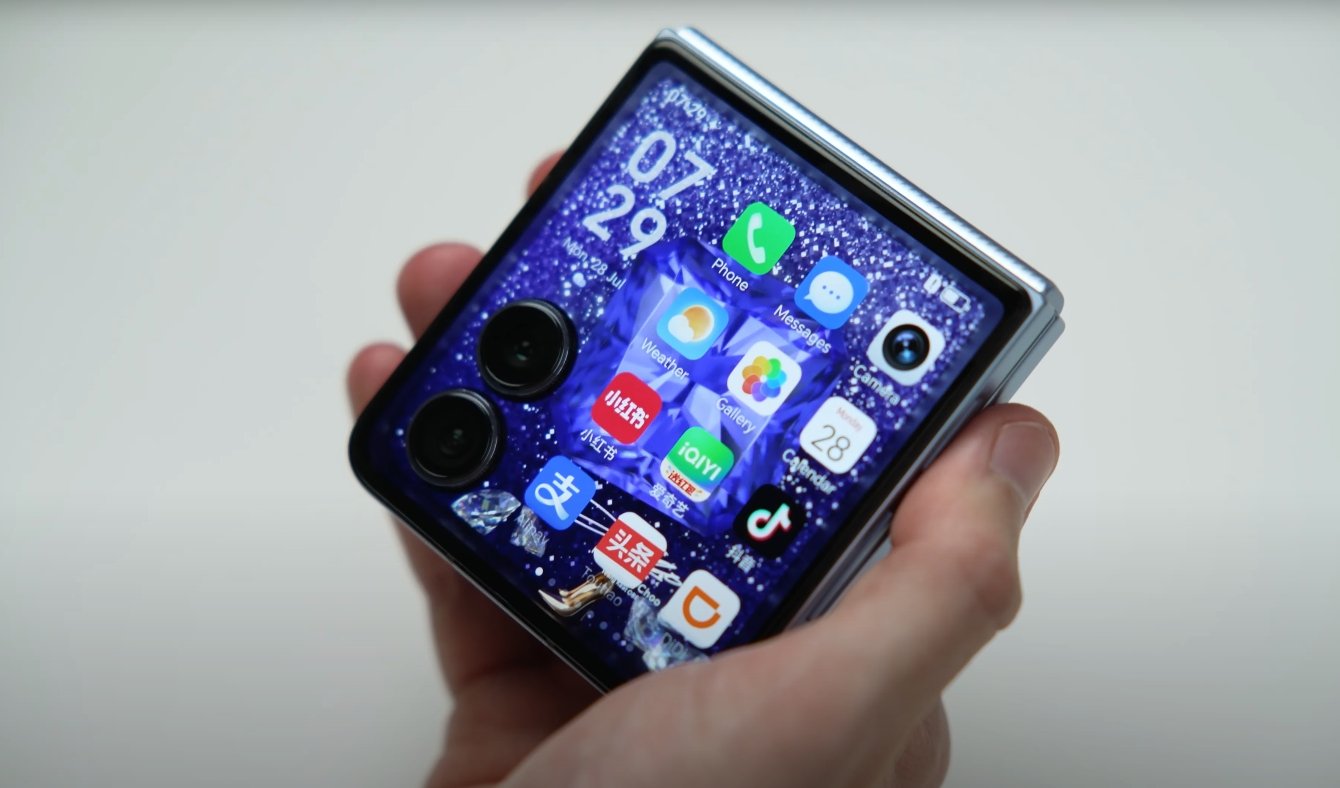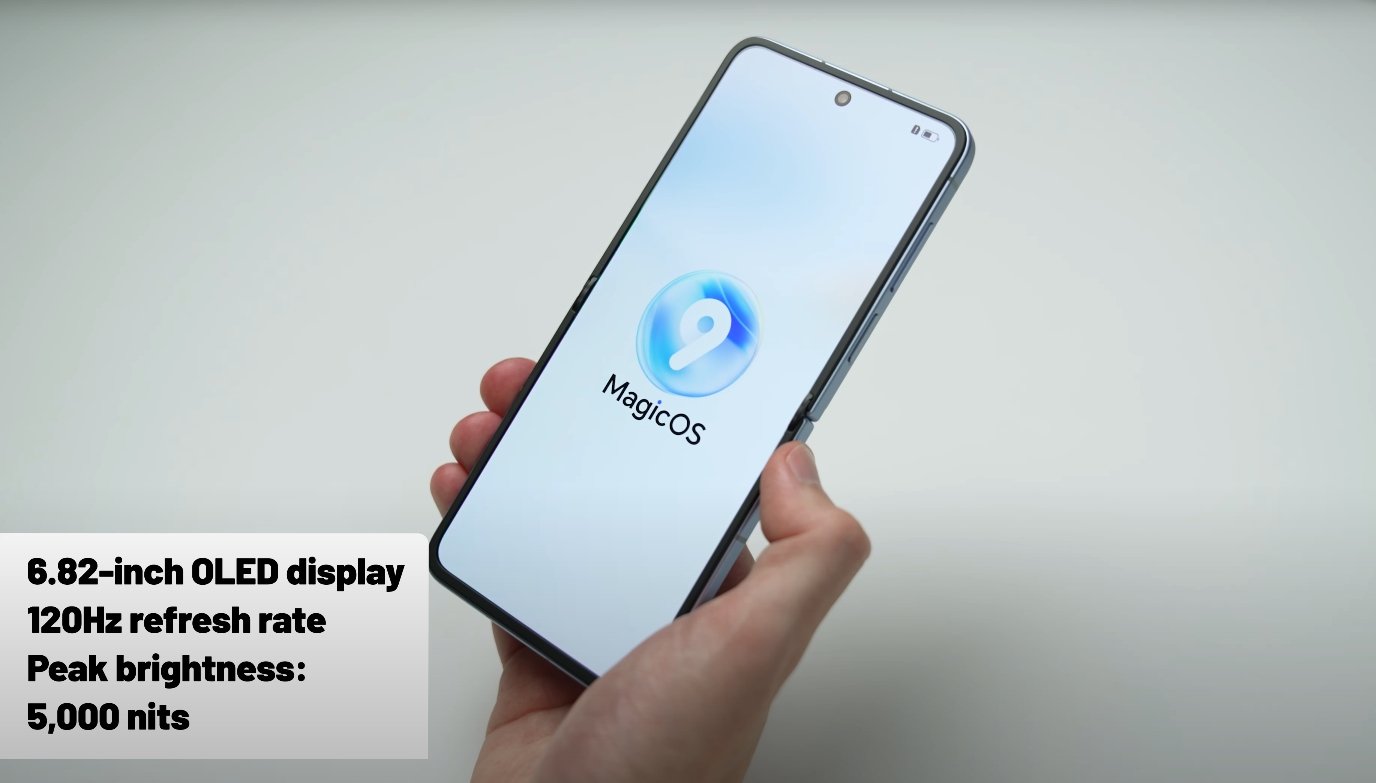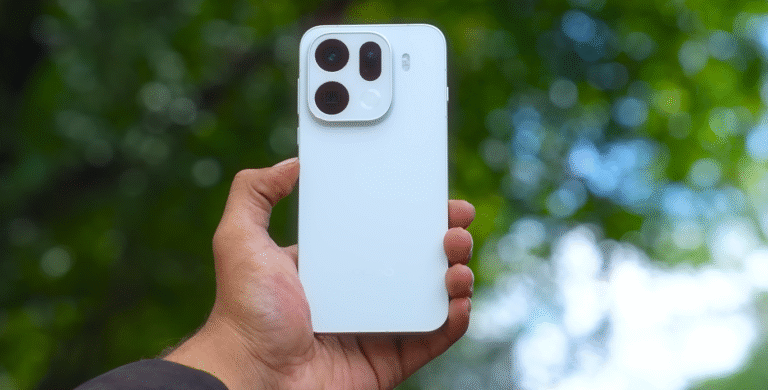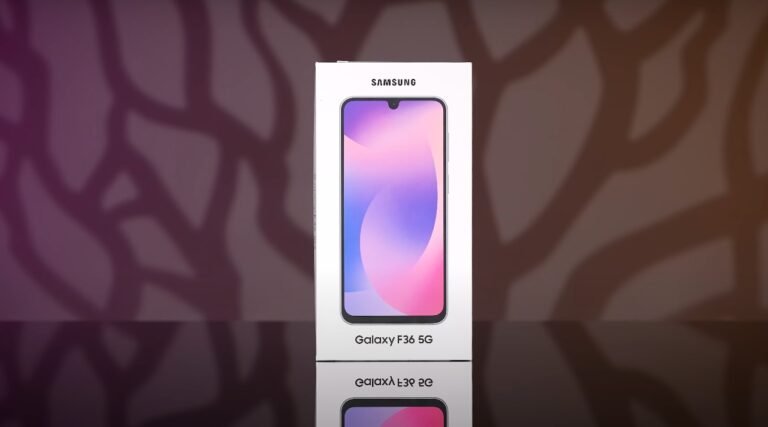Honor Magic V Flip 2 software experience detailed in USA reviews

What U.S.-area Testers Say About MagicOS & Global Usage
US reviewers and early international users sharing their impressions of Honor’s Magic V Flip 2 have pointed out strengths and drawbacks in the software experience. Overall, the device shows promise but also reveals areas where Honor needs to polish its software to match expectations in the American market.
One consistent highlight is that the phone runs MagicOS 9 on top of Android 15. Even though the device has been launched primarily in China, reviewers note that Google Play Services can be enabled in the settings menu, allowing access to apps from the U.S. market. Most commonly used apps are compatible, and international app support appears broad. Some smaller or less common apps have hiccups, especially with permissions or notifications.
Multitasking and interaction features often receive praise. Reviewers say the folding form factor works well with split-screen, floating windows, and a taskbar-style shortcut system. The cover screen has its own apps list and widgets, which lets users act on messages or use small tools without unfolding the device. Some AI tools—image editing, scaling, cropping, voice-translation—augment these features. However, a few testers remark that in certain apps, orientation and layout support are still inconsistent.

On stability and day-to-day usage, feedback is mixed. Some users are impressed by smooth performance, especially when switching between cover screen and full display. But others note that background app management is aggressive: third-party apps are occasionally killed without warning, notifications sometimes get delayed, and certain features (like WiFi calling or Bluetooth calling) need workarounds or are not functional on all U.S. carriers.
There are complaints about bloatware and default settings. Out of the box, the device includes several preinstalled apps that duplicate existing functionality (for example alternate app stores, gallery, or utility apps). Some themes or visual customizations are paid content, which frustrates users who feel a premium device should offer more of them without extra cost. Also, default refresh rate settings on the external display are often set to “dynamic” or lower modes, which users must manually change to experience smoother 120 Hz performance.
Support and updates are among the trickiest areas. Reviewers appreciate that Honor has committed to long-term support (in some reports up to seven years for flagship lineups), but note that currently the device runs on an older baseline of Android 15, and they expect future updates to refine experience rather than leapfrog it. Some features (especially AI-driven ones) seem partly gated behind subscriptions or regional availability, meaning U.S. users may not immediately get everything.
In summary, U.S.-area feedback paints the Honor Magic V Flip 2’s software as ambitious and broadly competent, with standout multitasking, useful AI tools, and good hardware-software integration. Yet there are still rough edges—notification delays, app management, inconsistencies in orientation/layout, and cosmetic annoyances. For many reviewers, the device feels like a strong step forward in foldable software, but one that needs refinements to fully tick the boxes U.S. consumers expect.
Also Read: Nothing Phone 3A Lite user interface and icon pack details






